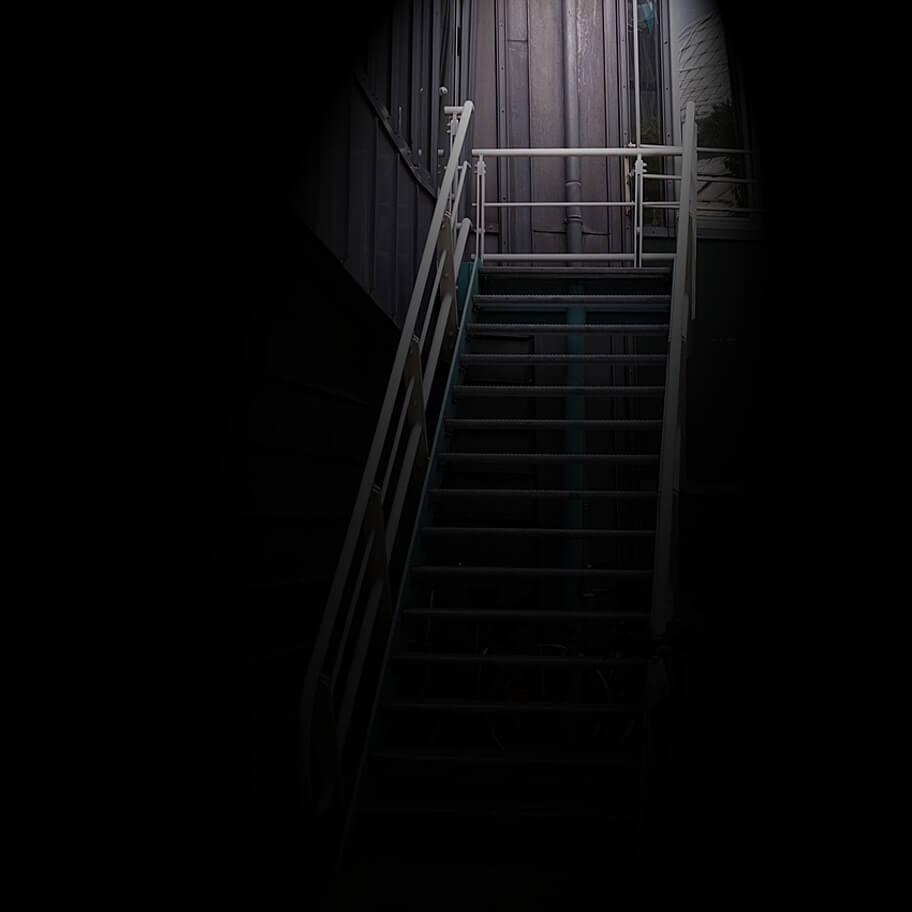Poorly Lit Areas and Incorrect Lighting
Accidents are more likely to happen in a poorly lit area as it may be difficult to see what is in front of you. These accidents can happen anywhere and can lead to long-term injuries for those involved. Slip and fall accidents are the most common type associated with accidents caused by badly lit areas. Incorrect lighting can make it more difficult to see potential hazards which may lead to accidents. It is most common that these accidents happen either at work or in a public place. These accidents are commonly caused by negligence where the owner of the property has failed to provide a safe environment.
Who is Liable?
If you have decided that you wish to pursue an inadequate lighting accident claim you will need to determine who was liable for your accident and injuries sustained. If there has been any contributory negligence on your part, you may not be eligible to make a claim.
Accident in a Public Place*
If you sustained injuries in a public place, such as a supermarket or cinema, due to inadequate lighting the owner of the building or property is likely to be found responsible. Under the Occupiers’ Liability Act 1995 an occupier of a premises owes a duty of care to any visitors to ensure that their health and safety is a priority. For example, if you sustained injuries in a block of apartments then the owner of the building will be responsible. If it is the case, where maintenance of a public building is outsourced, the owner may still be found liable for failing to maintain and monitor the building.
Other areas that are supposed to be maintained for safe public use such as a car park or on the street, must also ensure that adequate lighting is in place to prevent accidents. For many public areas like parks, streets etc it may be the county council that may be liable. It is their duty to ensure that the area in which they are located is safe and all issues are maintained and fixed as soon as possible.
Accident at Work*
If the accident occurred at work, liability will most likely be placed on your employer. It is their responsibility to provide a safe working environment for their employees and a breach of this duty of care could find them liable. If there is a faulty bulb or lack of lighting in a certain area they should fix the problem as soon as possible to reduce the risk of accidents. It is important that an employer carries out frequent risk assessments so that they can eliminate any potential hazards.
If the employer is renting the premises, the landlord may be found liable as they should ensure that their buildings are safe for any occupants. Any problems in the building should be reported to the landlord so that they can ensure that there are no problems.
Common Injuries
Common injuries resulting from an inadequate lighting accident include:
Traumatic Brain Injuries (TBI)
A traumatic brain injury is caused due to external forces such as physical assault, a traffic collision or banging your head after a fall. TBI is defined into three categories; Severe, Moderate and Mild. A concussion is a type of brain injury which is caused by a blow to the head or a hit to the body which causes the brain to twist and move around the head.
Back Injuries
This includes broken back and slipped discs. Slips and falls caused by inadequate lighting can lead to long-term back injuries. Slipped discs occur in the lower back and symptoms include sudden and severe pain that can worsen by everyday activities.
Breaks and Fractures
It is very common that people will sustain broken bones and fractures following an accident caused by poor lighting. These generally heal over time and will not leave you with long-term problems.
Spinal Injury
These are most commonly associated with a blow or hit to the spine which causes disruption to the spinal cords function. There are a number of different types of spinal injury. Slips and fall are commonly associated with this injury.
Causes
Causes of inadequate lighting claims have included:
- Poorly Lit Area
- Failing to Replace Blown or Broken Bulbs
- Incorrect Level of Lighting
- Lack of Backup Lighting
- Flickering Lights
- Electrical Failures
- Over-illumination Making an Area Too Bright
- Incorrectly Placed Lights
- Uneven Lighting
How to Prevent Accidents
In order to reduce the risk of accidents, there are a number of issues which should be looked at and things that can be done to prevent accidents caused by inadequate lighting.
Backup Lighting
If there has been an electrical failure which has led to poor lighting in an area in a public place or working environment, there should be backup lighting in place. A backup power source is essential to ensure the safety of people in an area. Occupiers and employers have a duty of care to ensure that this is not an issue in the building or property. Backup lighting can greatly reduce the risk of accidents in an area.
Regular Risk Assessments
There should be regular risk assessments carried out in all work environments on a regular basis. They should identify hazards so that they can be eliminated in order to reduce the risk of injury. Risk assessments also help to determine if the procedures and regulations that are in place are working.
What to do after an accident in a public place*?
Following an accident in a public place, there are a number of steps you should follow:
-
Seek medical attention
Your health is your wealth and should be your first priority. Immediately after a public place accident, take a second to assess yourself to determine if you have any injuries and seek the relevant medical attention. If you have sustained a serious injury ensure that you contact an ambulance to attend the scene.
For minor injuries, you must remember that minor injuries where you ‘feel fine’ could progress to a more serious injury in the future. In this case it is always better to be safe than sorry and advisable that you go to your nearest accident and emergency (A&E) or local GP to be checked out.
-
Report the accident
If you have an accident in a public place it is important to report it to the persons who are in charge of the upkeep of property.
Examples of such are:
-
Identify any witnesses
If possible, try to collect the contact details of anybody that witnessed the accident. This may be of good use if you do decide to pursue a public place accident claim. It is also useful to find out if there is any CCTV in the area where the accident happened.
-
Document the incident
It is important that you collect all the relevant information in connection with your accident:
- How the accident happened
- Details of any witnesses
- If there are any CCTV recordings of the accident
- Take pictures of where the accident happened and what caused you to slip, trip or fall
-
Speak to a public place accident solicitor
If you are considering moving forward with a public place accident claim for any personal injuries sustained it is advisable that you speak with a public place accident claims solicitor as soon as possible. If you are proceeding with a claim, the first step will be submitting your claim to the Injuries Board for assessment. A public place accident solicitor can help you in preparing your application to the Injuries Board and ensure that you follow the process in the correct format, meaning that you can move forward with your claim quickly without unnecessary delays.
It is important to remember to keep copies of any expenses that you have incurred as a result of the accident. It is also imperative to retain copies of medical reports or incident report forms where possible as you will need them when making a claim.

